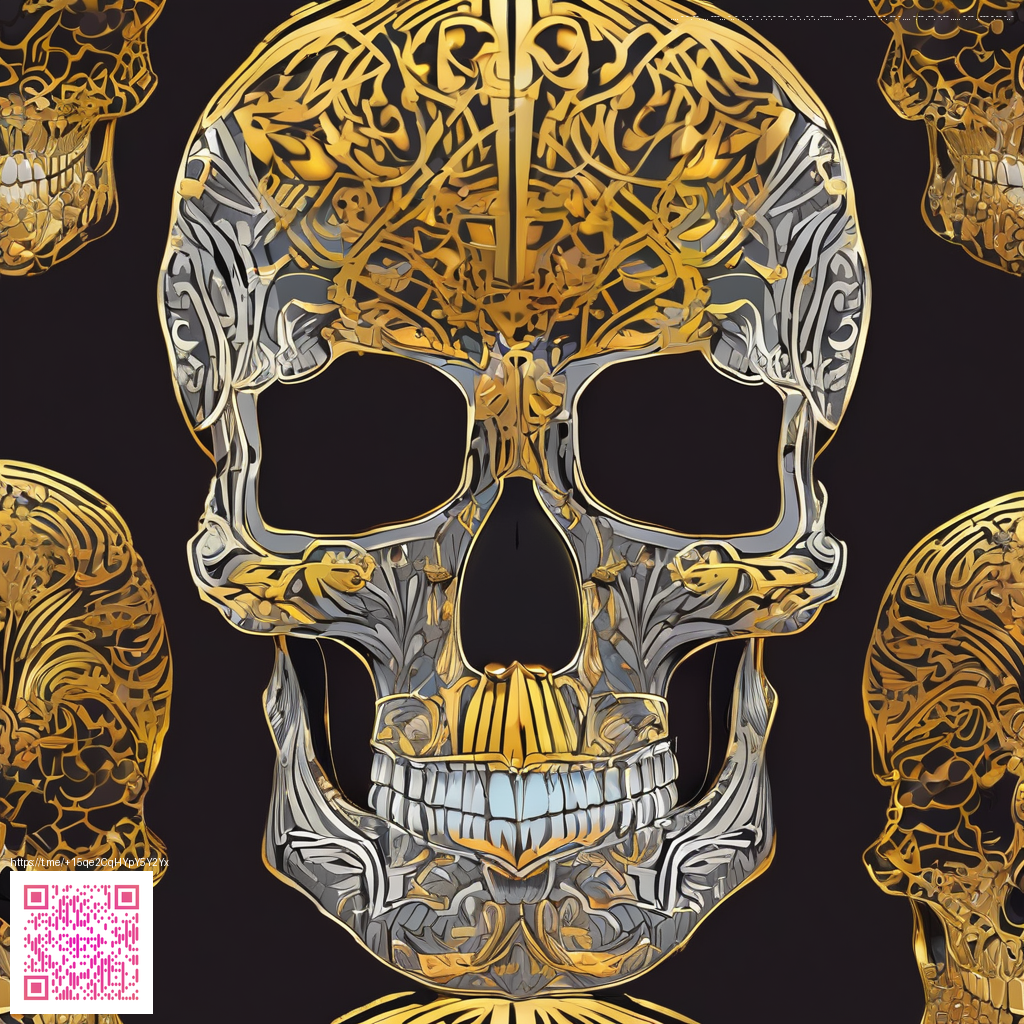
Creating pixel art packs that delight game developers
Pixel art packs are more than a collection of cute sprites. They’re a collaborative tool—a craft-driven system that helps teams iterate quickly, maintain visual consistency, and ship experiences faster. When you design a pack with clear structure, thoughtful palettes, and practical export guidelines, you empower other developers to drop assets into engines, prototypes, and shipped titles with confidence.
Define a scalable scope
Start by outlining what the pack will contain: tiles for a grid-based world, character sprites with multiple directions, UI icons, and environmental effects. A well-scoped pack might include a set of 16x16 and 32x32 tiles, a small character roster, and a handful of interactive objects. Clear structure saves you from asset creep and keeps your file tree intuitive for collaborators.
Choose a cohesive palette
A unified color system makes packs feel intentional. Decide on a primary palette plus a few accents and always document color usage in a readme. Consider how your colors translate across lighting conditions and animation frames. Palettes that stay legible when scaled down to tiny sprites read well in motion and screen captures alike. If you’re seeking quick inspiration, you might look at real-world design references and synthesize them into a compact color kit. For a sense of glossy, bold finishes and how color interacts with light, you can explore examples like the Neon Tough Phone Case product page.
For a concrete reference, see Neon Tough Phone Case — Impact Resistant Glossy Finish. Its emphasis on glossy highlights and strong contrast can spark ideas for how your pack can read at small sizes while still feeling premium.
Structure assets for collaboration
- Organize by asset type: pack-root/
- tiles/ - ground, walls, decorative props
- characters/ - sprites for idle, walk, and actions
- ui/ - buttons, panels, cursors
- effects/ - particles and glow
- Use consistent naming conventions (e.g., tile_grass_01.png, char_knight_run_02.png).
- Keep metadata in a simple JSON or README: dimensions, frame counts, source license, and export formats.
“The best asset packs feel cohesive, not pasted together.” A disciplined structure helps any developer pick up your work and drop it into a game with minimal friction.
As you design, think about the final deliverables. Pixel art packs often ship as sprite sheets, individual PNGs, and a compact atlas that engines can load efficiently. Providing both a sheet layout and individual assets reduces integration work for game devs who might be building in Unity, Godot, or a custom engine.
Export, package, and document
- Export PNGs with alpha transparency to preserve crisp edges on every tile and sprite.
- Include both at-scale previews and a tiny, 1x version for reference in documentation.
- Bundle a short usage guide and licensing notes to help teams understand how assets can be used in their projects.
Documentation is often overlooked but is the single best way to increase the value of a pixel art pack. A concise how-to document that explains coordinate systems, pivot points for character sprites, and naming schemes will dramatically reduce back-and-forth with collaborators.
Hands-on tips for creators
- Iterate in small batches: test how assets look in a mock scene before expanding the pack.
- Build a tiny test scene that uses a few tiles, a character, and a UI button to validate scale and color balance.
- Guard against “asset drift” by keeping a changelog and versioned previews for every update.
If you’re curious about practical references beyond internal testing, the page this resource page offers approachable tips and workflows from other creators who’ve paved efficient paths for pixel art packs.